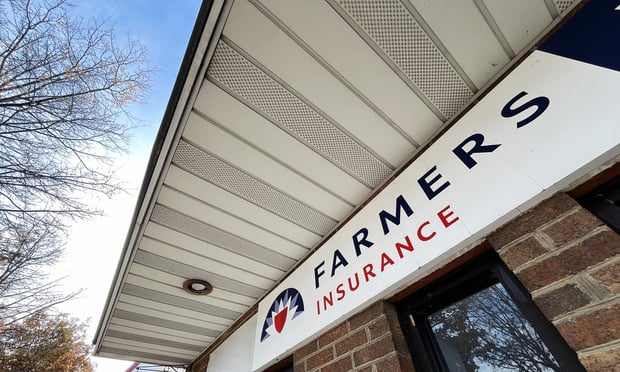 Typically this time of year, the editors at Claims are busy reporting on the latest tropical storm threatening the Gulf of Mexico or the Atlantic coast, keeping insurers and catastrophe adjusters informed on latest storm trajectories and wind speeds. But ever since a tropical storm formed a few days before the start of the 2009 hurricane season, all has been, well, kind of quiet.
Typically this time of year, the editors at Claims are busy reporting on the latest tropical storm threatening the Gulf of Mexico or the Atlantic coast, keeping insurers and catastrophe adjusters informed on latest storm trajectories and wind speeds. But ever since a tropical storm formed a few days before the start of the 2009 hurricane season, all has been, well, kind of quiet.
Has the economy finally affected everybody — and everything? Did Mother Nature take a mandated furlough in June and July, content to work on her tan while sipping mojitos on the beaches of Miami? Sure, she might not be making money, but there's something to be said for some good old rest and relaxation.
I suppose we'll find out soon enough as we enter what is historically the two busiest months for tropical storm activity. According to statistics, 36 of the 64 major hurricanes classified as Category 3-5 struck the U.S. in September. The next busiest month is August, which hosted 15 of them. When combined, these two months account for 80 percent of the major storms in history. Folks, fasten your seat belts.
Coming to the rescue, though, is none other than Bill Gates, Microsoft founder and current co-chair and trustee of the Bill and Melinda Gates Foundation. Certain to spawn James Bond-esque villain comparisons to maniacal plots and evil geniuses, Gates appears to be looking to control the world, or at least the weather.
In the July 15, 2009, edition of USA Today, reporter Dan Vergano reported that five patent requests were recently requested by Gates and climate scientist Ken Caldeira of the Carnegie Institution of Washington. The content of these patents? According to the article, they describe a system for using turbine-equipped barges to pump cold water deep in the ocean up to the surface to cool the water that is in the path of storms. The effect could significantly slow the speed and destructive power of a storm. For how long is uncertain.
While this is interesting in its application and process, certainly there are better options out there. The habitat destruction alone — the act of violently pumping deep-sea living creatures to a surface at which they may or may not be suited to survive — would seem to be the most obvious negative effect of this kind of approach. This does not even factor in the huge energy resources required to execute such a massive objective. Let's not forget that predicting the path of a hurricane isn't an exact science just yet, either.
Regardless of the viability, though, isn't this attempting to fix the wrong problem? Results from a study conducted by the Institute for Business and Home Safety (IBHS) after Hurricane Charley in 2004 show that “the enforcement of modern engineering, design-based building codes made a positive impact on the performance of residential homes. The frequency of claims was reduced by 60 percent and the average claim was 42 percent less severe when a loss did occur, for homes built after the adoption of the modern codes.”
The study went on to report that “based on the analysis of additional living expense records, …th[e] new building code requirements allowed homeowners to return to their homes more quickly and likely reduced the disruption of their day to day lives.”
Now that's an idea that doesn't sound all wet.
Want to continue reading?
Become a Free PropertyCasualty360 Digital Reader
Your access to unlimited PropertyCasualty360 content isn’t changing.
Once you are an ALM digital member, you’ll receive:
- Breaking insurance news and analysis, on-site and via our newsletters and custom alerts
- Weekly Insurance Speak podcast featuring exclusive interviews with industry leaders
- Educational webcasts, white papers, and ebooks from industry thought leaders
- Critical converage of the employee benefits and financial advisory markets on our other ALM sites, BenefitsPRO and ThinkAdvisor
Already have an account? Sign In Now
© 2024 ALM Global, LLC, All Rights Reserved. Request academic re-use from www.copyright.com. All other uses, submit a request to [email protected]. For more information visit Asset & Logo Licensing.








